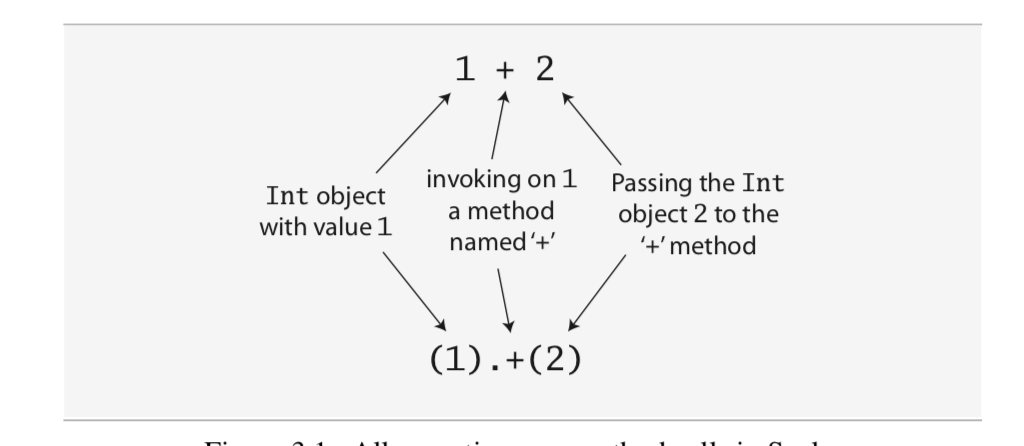Scala
Introduction to Scala
Scala’s primary signature is its blend of object-oriented and functional programming concepts.
Scala allows easy addition of new types. For example, Scala’s actor model for concurrency is implemented as an abstraction on top of Java threads.
Object-oriented programming provides structure, that allows scaling up to large programs. Every value is an object, and every operation is a method call. Scala uses traits to compose objects. Traits act like interfaces in Java, but can also have method implementations and even fields.
In Scala, functions are first-class values – they can be passed as arguments to other functions, be returned as results from functions, or be stored in variables. First-class functions provide a convenient means of abstracting over operations and creating new control structures.
Many of Scala’s operations map input values to output values, rather than mutate the data in place. Scala libraries define many more immutable data types on top of those found in the Java APIs.
Why Scala?
-
Scala has seamless interoperability with Java, compiling to JVM bytecode. This means that it often has Java-like runtime performance.
-
Scala is concise: (1) it avoids boilerplate (2) it provides tooling to define powerful libraries to factor out common behaviour
-
Scala is statically typed: it allows one to combine types, and hide details of types with abstract types
Basic Scala

Arrays are accessed with parantheses in Scala: a(0). This is
because arrays are simply instances of classes like any other class in
Scala. Scala will transform the code into an invocation of a method
named apply on that variable: a.apply(0). Accessing an element of an
array in Scala is a method call like any other.
Similarly, a(0) = 1 gets translated to a.update(0, 1).